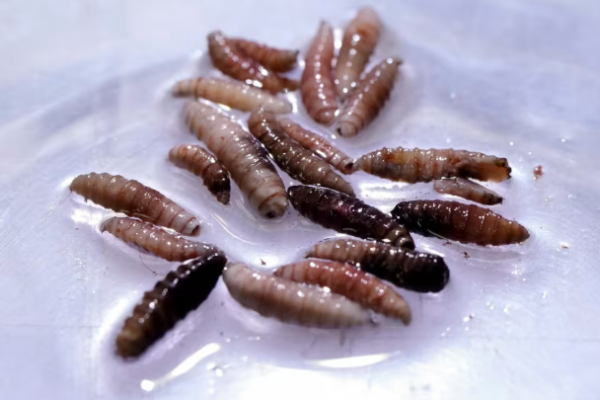Last week, a flesh-eating parasite never before seen in a human in the United States was found in a man traveling from El Salvador, says the US Department of Health and Human Services (HHS). The victim reports a full recovery, and there is no sign of infection in others.
Economic Impact
The agricultural industry in the US is worth approximately $ 867 billion, which is in jeopardy due to the NWS. This is especially important because not only would it cost 2 million jobs in Texas, but it would also cost an immense amount of money due to livestock deaths, medication, and other things. Texas Governor Greg Abbott says, “All of this is at risk because of the New World screwworm.” Texas producers spent 132.1 million dollars in Texas in 1976 due to death loss, loss at marketing, extra labor, animal weight loss, fuel/vehicle expense, medication/insecticide, and horse/feed expense, according to the USDA. This was in Texas alone.
The NWS flies are moving North and into areas near and in Mexico. A case has been reported in Mexico on this issue in Ixhuatlán de Madero, Veracruz, which is significantly impacting the economy.
What is the New World Screwworm?
The NWS is a type of larva that comes from a parasitic fly that lays eggs on the tissue of a warm-blooded organism, mainly on open wounds in livestock. The female fly is attracted to the smell of a wound, which can range from small to large. The fly lands on the wound and burrows into it, consuming flesh in the process. It lays eggs on the edge of the wound. A female fly lays about 200 to 300 eggs on the victim and will lay up to 2,300 eggs during its lifetime, which hatch after 12 to 24 hours and begin eating the flesh of the host. These flies typically have a lifespan of 10 to 30 days. The act of a larva feasting on living flesh is known as myiasis, an infection.
 When living in South America and the Caribbean, it is crucial to remain cautious when traveling to areas infested with these pests, especially near livestock.
When living in South America and the Caribbean, it is crucial to remain cautious when traveling to areas infested with these pests, especially near livestock.
Prevention & Symptoms
Although infection may be rare, it is still possible and treatable. Many symptoms may emerge from an infection, including skin lesions that do not heal or worsen, maggots in or around sores, bleeding from open sores, and a foul odor emanating from the location of the infestation. Remember that, no matter how harmless it may seem, it is always important to contact a healthcare provider immediately.
To prevent infection, experts recommend that a person cover any open wounds or sores if possible when traveling to infested areas. This may include using insect repellent, wearing long sleeves and long pants, and tucking your pants into your socks. Everything should be done to prevent further injury, which could lead to an infection. It is also essential to clean the wound if possible, as it allows for easier treatment of the wound and extraction of the worm if it is already infected.

To remove the NWS, the United States used sterilization flies developed by the US Department of Agriculture (USDA) in 1957. This was deemed successful in 1966 as the screwworm was eradicated from the US. Similarly, there were more outbreaks in 2016, 2017, and other years, which were eradicated using the same method. It has been returning in the last two years. Professors in the Department of Entomology at the University of Kentucky suggest following the import and export regulations, and knowing where to report and the signs of an NWS infection.








